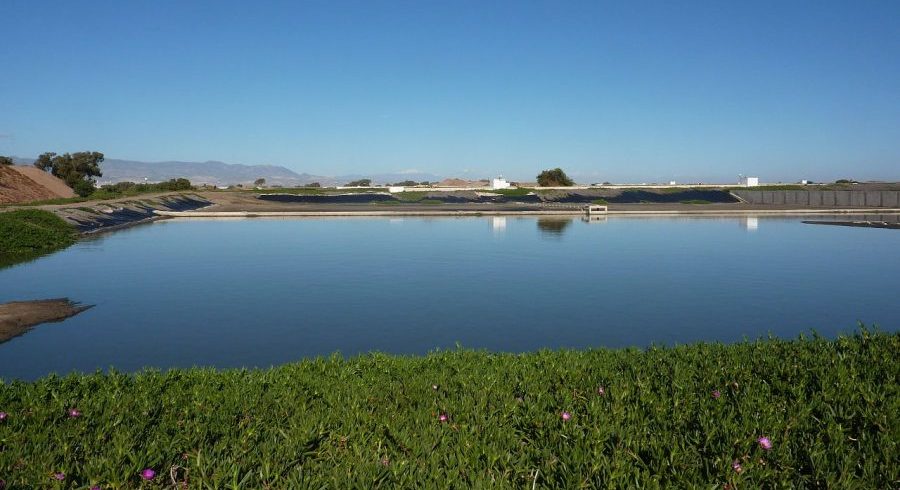Coal Ash and Heavy Metals Contamination
Coal ash is the leftover waste after coal is burned for energy production. Waste materials include fly ash (fine powdery particles that are carried up the smoke stack and captured by pollution control devices) as well as bottom ash, coarser materials that fall to the bottom of the furnace. Most coal ash comes from coal-fired electric power plants and is contained in landfills or ash ponds after production. Landfills are usually lined and permitted through a RCRA-type process and do not typically create leachate concerns. Ash ponds may lined or unlined but are not usually constructed under the same landfill permitting process.
There are over a 1,000 active coal ash ponds in the United States, and many hundreds of retired coal ash disposal sites. The ash pond waste contains heavy metals, which can leach into nearby groundwater and surface water.
Coal-fired utilities are required to publicly report groundwater monitoring data adjacent to ash ponds and landfills. These requirements are part of the recently enacted coal ash regulations, known formally as the Coal Combustion Residuals Rule (CCR). The CCR Rule establishes technical requirements for CCR landfills and surface impoundments and identifies seven constituents for detection monitoring (boron, calcium chloride, fluoride, pH, sulfate, and total dissolved solids). The Coal Combustibles Residuals Rule also identifies fifteen constituents for assessment monitoring (antimony, arsenic, barium, beryllium, cadmium, chromium, cobalt, fluoride, lead, lithium, mercury, molybdenum, radium, selenium, and thallium).
Treatability Testing for Groundwater with Coal Ash Contamination
XDD conducts bench scale treatability tests for several remedial technologies to determine methods for reduction of heavy metals in groundwater. Treatability testing for heavy metal groundwater contamination associated with coal ash ponds includes:
- pH adjustment
- precipitation/co-precipitation
- adsorption using zero-valent iron (ZVI)
- or a combination of several technologies, commonly referred to as a ‘treatment train’.
Our treatability tests are always designed to look at how implementation might reduce target metal concentrations, but also address how other constituents could be positively or negatively affected.
Site-Specific Technology and Remedial Design
Based on the results of our in-house treatability test or tests, XDD develops a treatment plan to meet the site-specific conditions and action levels. This strategic solution is specifically designed to meet the requirements of the client and regulatory agency.
Want to know a bit more about XDD's treatability testing services? Contact our laboratory manager Laurel Crawford.

